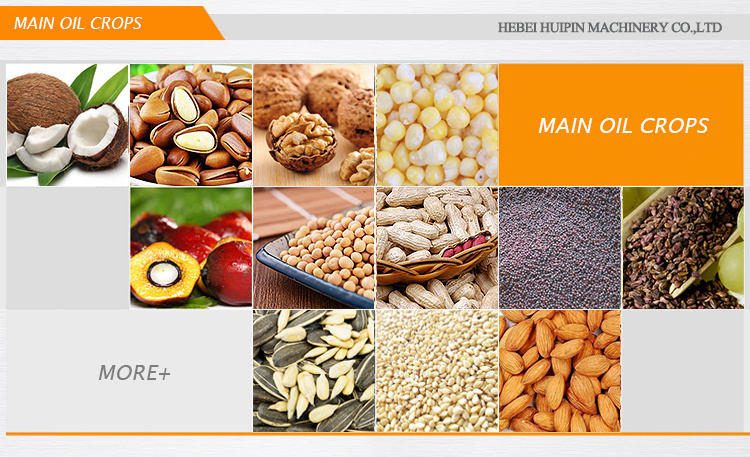វិច្ឆិកា . 09, 2024 04:01 Back to list
Prominent Sources of Vegetable Oil Production Worldwide
Famous Vegetable Oil Plants Nature's Golden Elixirs
In the world of culinary arts and food production, vegetable oils stand as one of the most vital components. The extraction of vegetable oils is not just a process; it is an art and a science, involving the transformation of oil-rich seeds, nuts, and fruits into the golden elixirs that invigorate our kitchens. Among the diverse varieties of vegetable oil plants, a few have earned their fame for their unique characteristics, versatility, and nutritional benefits.
1. Soybean (Glycine max)
Originating from East Asia, the soybean is one of the most significant sources of vegetable oil globally. Soybean oil is prized for its light flavor and high smoke point, making it an ideal choice for frying and baking. Moreover, it is rich in polyunsaturated fats, which are heart-healthy. The cultivation of soybeans has grown exponentially due to rising demands in both food and non-food industries, including biofuels and animal feed. Soybean oil’s versatility extends to its use in salad dressings, margarine, and even soap production, solidifying its position in both kitchens and factories around the world.
2. Palm Oil (Elaeis guineensis)
Palm oil is derived from the fruit of the oil palm tree, native to West Africa but now widely cultivated in Southeast Asia, particularly Indonesia and Malaysia. It is renowned for its rich, distinctive flavor and creamy texture. Its unique composition, which includes saturated and unsaturated fats, makes it stable for various cooking methods. However, palm oil has been controversial due to environmental concerns linked to deforestation and habitat destruction associated with its cultivation. Despite this, its economic importance cannot be overstated, as it remains one of the most widely used cooking oils and is found in numerous processed products, from snacks to cosmetics.
3. Sunflower (Helianthus annuus)
famous vegetable oil plant

Sunflower oil, extracted from sunflower seeds, is another popular vegetable oil widely used in cooking and frying. Native to North America, sunflowers have become a staple in many regions due to their bright, cheerful blooms and oil-rich seeds. Sunflower oil is known for its high vitamin E content, which acts as an antioxidant and promotes skin health. The oil’s light flavor and high smoke point make it particularly suitable for frying, and it is increasingly enjoyed in salad dressings and marinades. With its health benefits and culinary flexibility, sunflower oil continues to gain popularity among health-conscious consumers.
4. Olive Oil (Olea europaea)
Olive oil, especially extra virgin olive oil, is often regarded as the gold standard among vegetable oils. With its roots in the Mediterranean region, olive oil has been cherished for centuries, not only for its exceptional flavor but also for its numerous health benefits. Rich in monounsaturated fats and antioxidants, it plays a crucial role in the renowned Mediterranean diet, associated with lower risks of heart disease and longevity. Its uses are diverse, from drizzling over salads to sautéing vegetables and even marinating meats. The production of olive oil is a significant cultural practice in countries like Italy, Greece, and Spain, where traditional methods are still employed, preserving the heritage of this famed oil.
5. Canola (Brassica napus)
Canola oil, derived from the seeds of the rapeseed plant, is another staple in kitchens around the world. Developed in Canada, canola oil is appreciated for its light flavor and health benefits. It is low in saturated fat and high in omega-3 fatty acids, making it a favorable option for health-conscious individuals. Additionally, canola oil has a high smoke point, allowing it to be used in various cooking methods, including frying and baking. Its versatility and nutritional profile contribute to its position as one of the most widely consumed cooking oils globally.
Conclusion
The realm of vegetable oil plants is vast and multifaceted, with each plant offering unique flavors, health benefits, and culinary possibilities. From the hearty soybean and the rich palm oil to the aromatic olive oil and the light sunflower oil, each has carved its niche in the world of cooking. As consumers become increasingly aware of sustainability and nutrition, the choice of vegetable oils will continue to evolve, highlighting not only the rich diversity of nature but also the complex interplay between agriculture, health, and the environment. Whether drizzled over a salad or used for frying, vegetable oils are indeed essential to our culinary experiences, making them truly famous in their own right.
-
Sunflower Oil Seed Press Machine - High Efficiency, Durable & Cost-effective Extraction
NewsJun.24,2025
-
High-Efficiency Physical Oil Refining Unit - Leading Exporters & Trusted Companies
NewsJun.10,2025
-
High-Efficiency Animal Oil Refining Machine - Leading Exporters & Reliable Companies
NewsJun.10,2025
-
Camellia Oil Mill Machine for Efficient Oil Extraction Leading Exporters & Companies
NewsJun.10,2025
-
Premium Pressing Shaft for Oil Press Machines Exporters
NewsJun.10,2025
-
High-Efficiency Centrifugal Filters Durable Industrial Separation
NewsJun.10,2025
